The power of the brooch
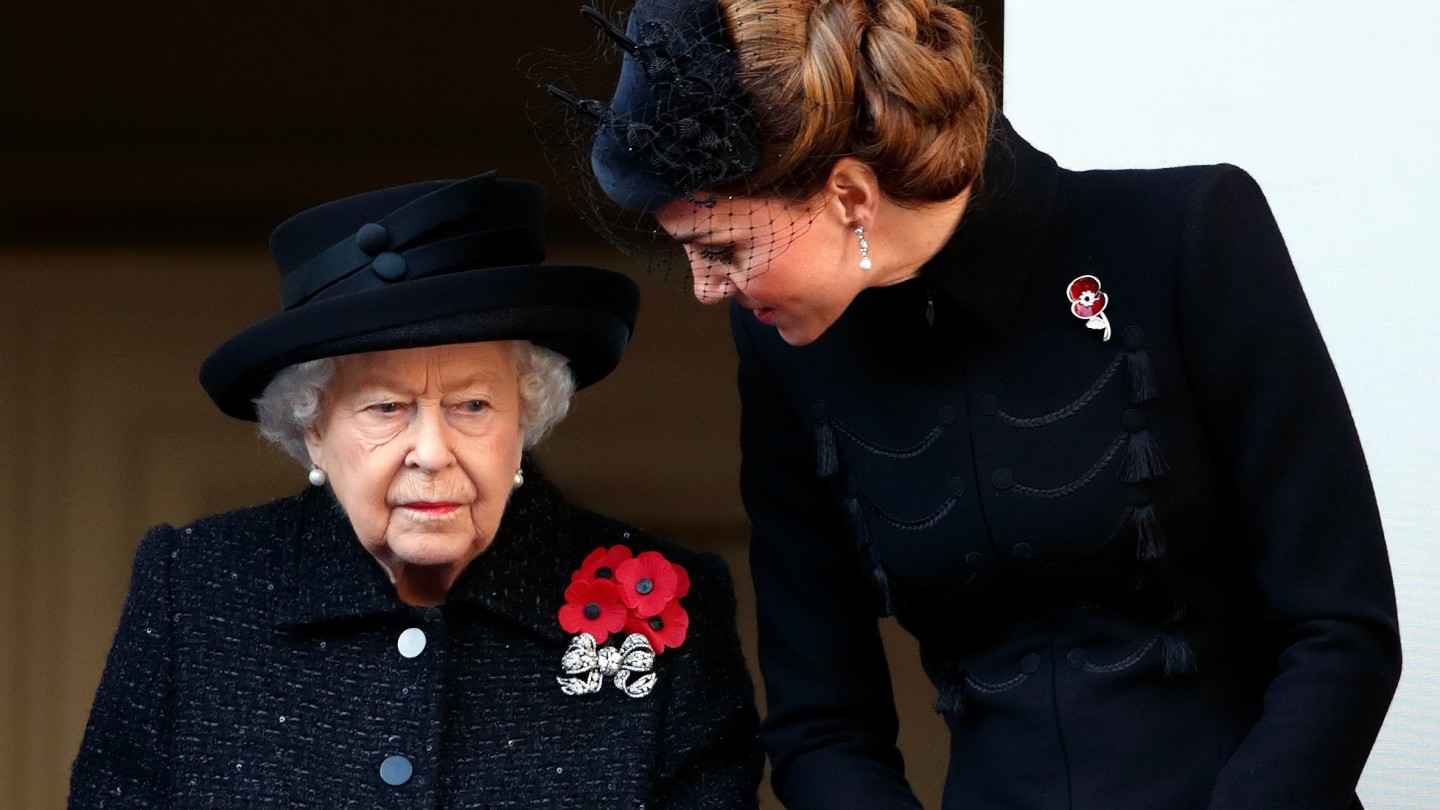
Roula Khalaf, Editor of the FT, selects her favourite stories in this weekly newsletter.
Nobody does it better than HM The Queen; wearing a brooch, that is, with majesty and so often a touch of wit. It’s the perfect vehicle for sending a message – sartorial or political, diplomatic or dramatic – without saying a word. It was the jewel of choice for many of the great style leaders of the midcentury: Millicent Rogers with her massive Boivin starfish, Diana Vreeland’s Verdura Maltese crosses and Wallis Simpson with her Cartier panthers. The brooch has also been adopted by the great power-brokers of modern times: Madeleine Albright is famed for her clever, often mischievous exploration of semiotics, while former President of the Supreme Court Lady Hale’s giant spider brooch made her an unlikely social-media sensation. As far as style statements go, the brooch is one of the most loquacious.
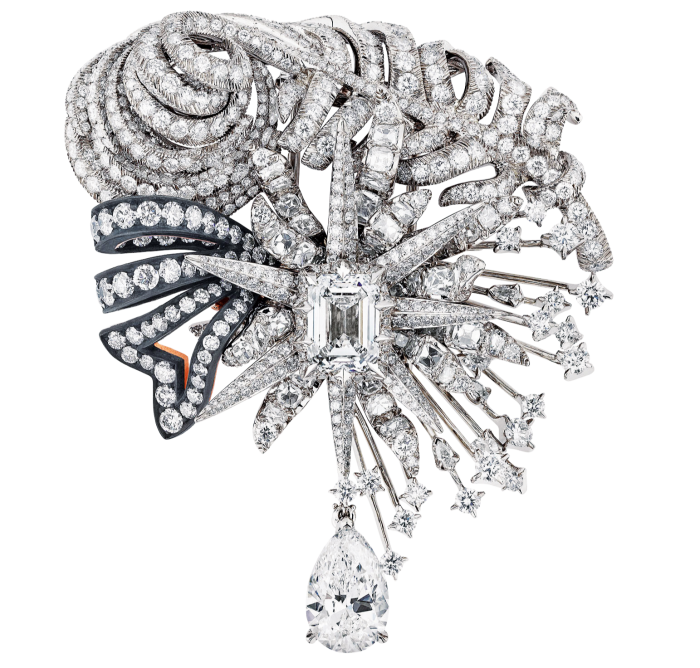
From functional beginnings as a fastener, perhaps a thorn or sharpened sliver of flint pushed through some stone-age clothing, the brooch has blossomed into magnificence, continually evolving in its connection to fashion and femininity. As well as being a means of communication, it has reflected social change: the double brooches of the 1930s and 1940s, for example, could be worn as separate dress clips, offering choice and mirroring a period of liberation in terms of women’s dress; or the quirky, animalier “conversation piece” pins of the ’60s and ’70s that women were meant to buy for themselves. Through it all, the brooch has grown into an expressive, versatile, power-wielding badge of honour.
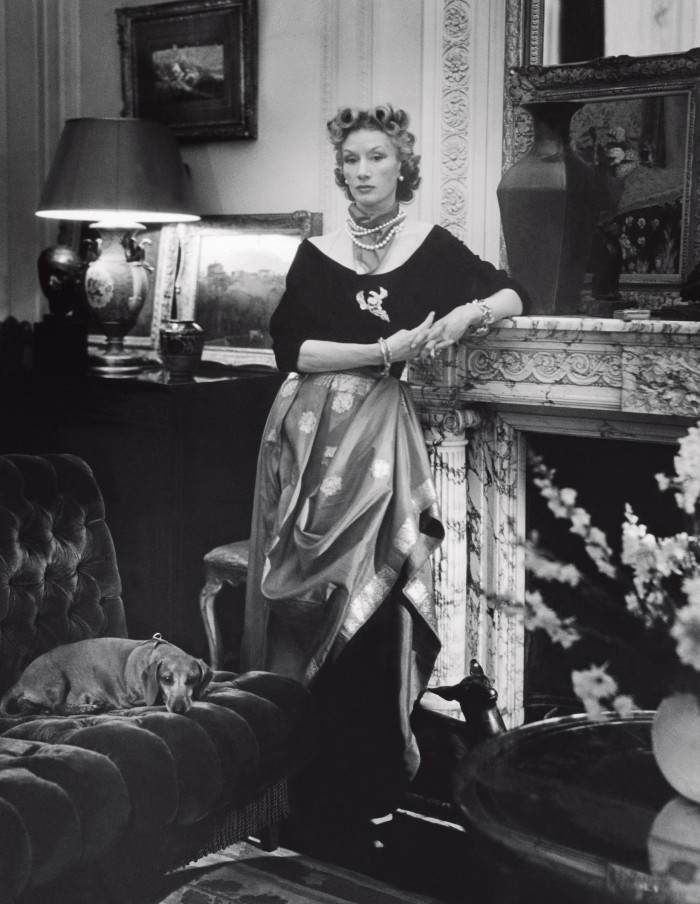
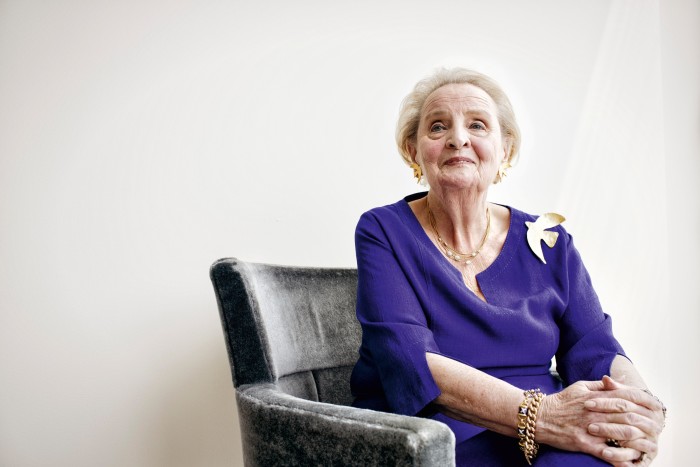
I was privileged to work with former US Secretary of State Madeleine Albright on the book about her celebrated collection of brooches, Read My Pins: Stories from a Diplomat’s Jewel Box, in which she tells how these pieces, many bought on travels around the world, became a vital part of her “diplomatic arsenal”, sending messages of warmth, welcome or warning. It began in 1994, when she was US Ambassador to the United Nations and was called an “unparalleled serpent” in Saddam Hussein’s Iraqi press. The next time she was talking about Iraq, she wore a Victorian gold snake brooch she’d bought some time before. The press picked up on it. From then on, she viewed her “pins” as a way of injecting humour and spice into the diplomatic routine, while also asserting her femininity as the first woman to hold the office. She wore a wasp when she was in the mood to sting, doves when advocating peace, and an arrow-shaped brooch to meet with the Russian foreign minister Ivanov; when he asked if it was an interceptor missile, she replied, “Yes, and we know how to make them very small.” Albright also said she hoped her brooches might have made foreign policy more accessible, acting as mnemonics and helping people to understand what she had to say.
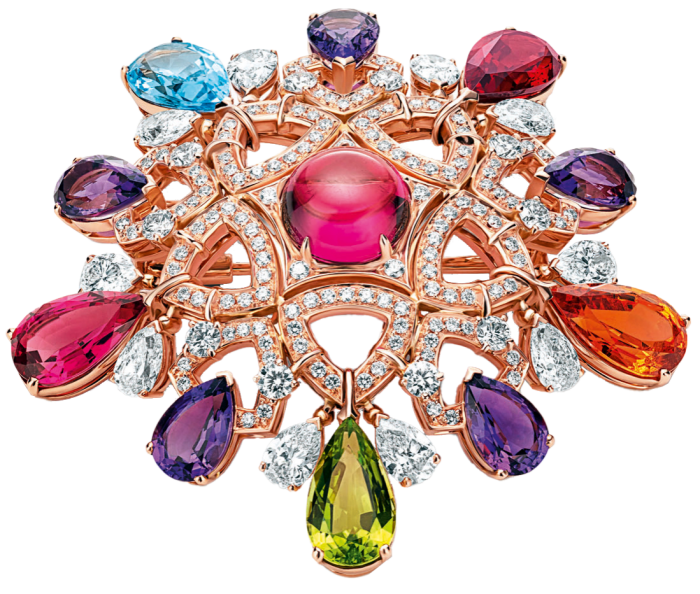
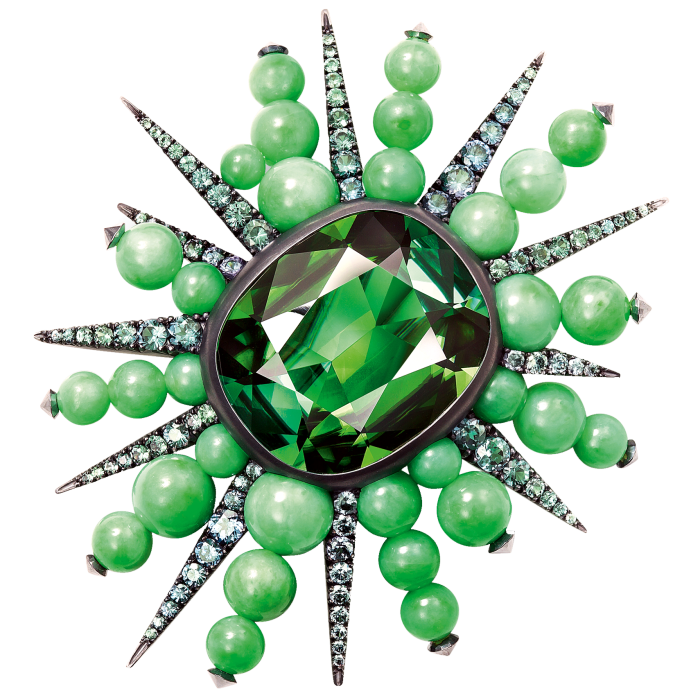
Miuccia Prada – an antique jewellery collector – used clusters of vintage flower brooches to turn the tables on minimalism in the ’90s, a time which saw the decorative and expressive jewel reappraised and reinvigorated. Now the brooch is finding favour once again, viewed as a wearable art object, worn by both men and women and occupying an increasingly high-profile position in high‑jewellery collections.
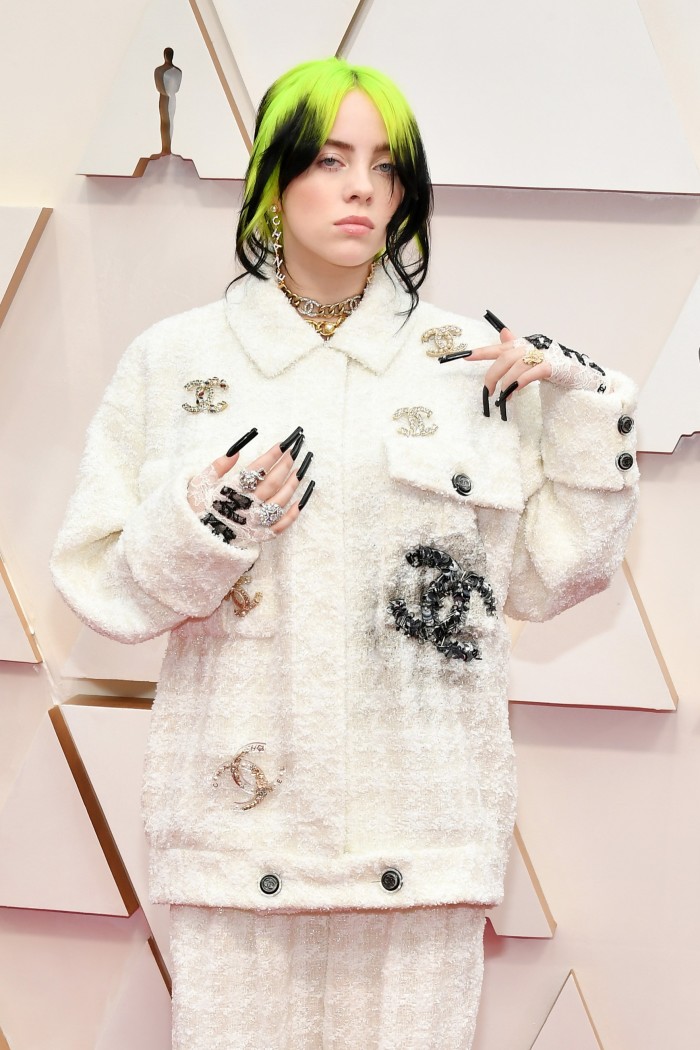
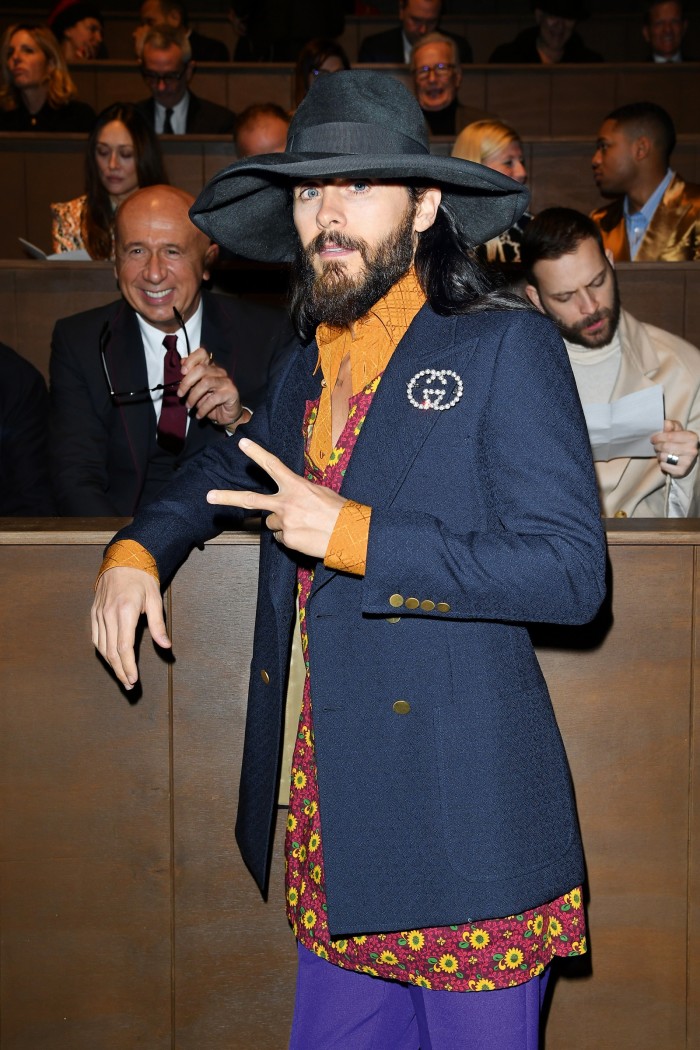
As far as jewels go, brooches offer the most creative freedom – to both designers and wearers. They don’t have to fit a body part, so need not conform to a particular shape, form or size; they can be voluminous and three-dimensional without getting in the way; and there’s no limit to materials, motif or theme. For Taiwanese sculptor-jeweller Cindy Chao, the brooch provides a “spacious platform where artists are allowed to fully and freely unleash imagination and creativity”. And, she adds, it allows clients to immerse themselves in the artist’s aesthetic world.
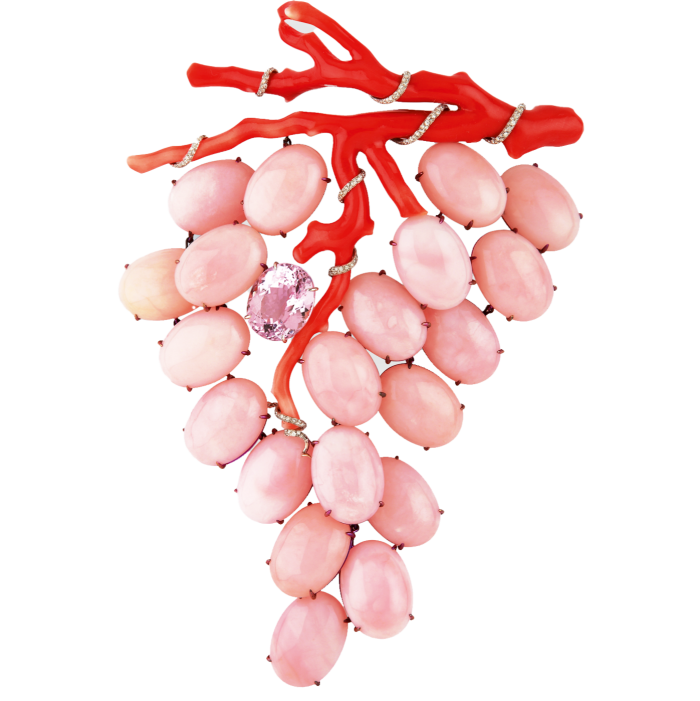
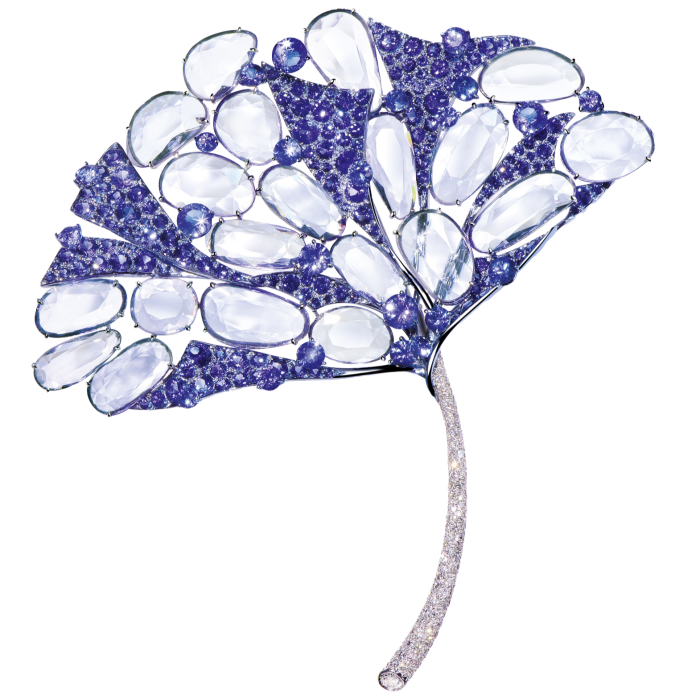

Rome-based designer-jeweller Fabio Salini’s monumental grapes brooch is a prime example, with luscious pink opals sheltering a single pink kunzite hanging from a coral branch. “The brooch stands alone and bravely; its life and function are more evident than any other jewel,” Salini says. “And in a world where people wear jewellery to get noticed, the brooch, more and more popular, responds perfectly to this need.” Hong Kong-based Michelle Ong of Carnet creates brooches depicting voluptuously sculptural gem-laden fruits and fiery dragons that perfectly fuse east and west. While new Shanghai-based designer Feng J creates high-jewellery brooches for a younger clientele: her massive, undulating watercolour-hued ginkgo-leaf brooch is made light with a floating setting technique, clinging easily to jacket lapels or silks, and is a favourite with male clients.
At the great heritage maisons, too, the brooch, so embedded in their histories, is enjoying a resurgence. Boucheron creative director Claire Choisne makes use of its versatility to modernise archival classics for the house’s Signature high-jewellery collection: from Nuage de Fleurs – a reworked clambering floral corsage to the Flêche du Temps – a chic, sharp diamond arrow, pinned like a jabot to a collar.
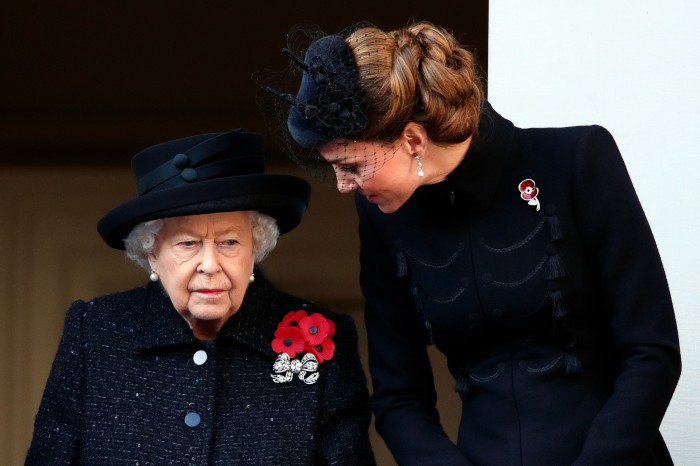
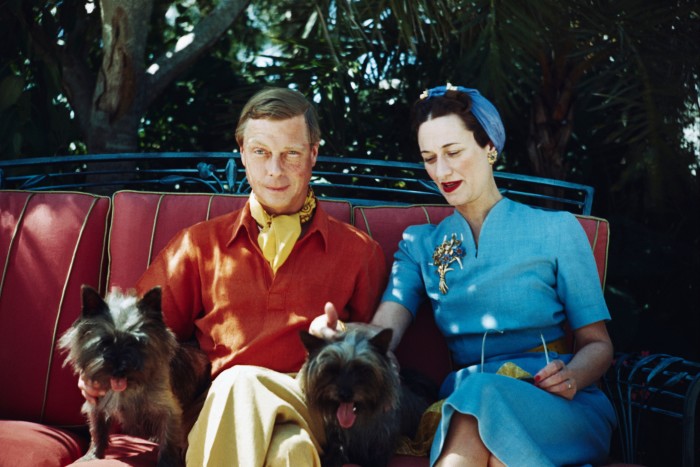
Perspectives de Chaumet, the latest high-jewellery collection from the house, projects a modernist architectural vision, playing with light, line and movement, with a nod to the ’70s. In the Skyline series, a brooch is made from a tangle of gold and diamond planes and angles among which a Colombian emerald is precariously balanced; while in the Labyrinth series there’s a dismantled, machine-age piece, with contrasting translucent coloured gems and white diamonds against matte, opaque black jade.
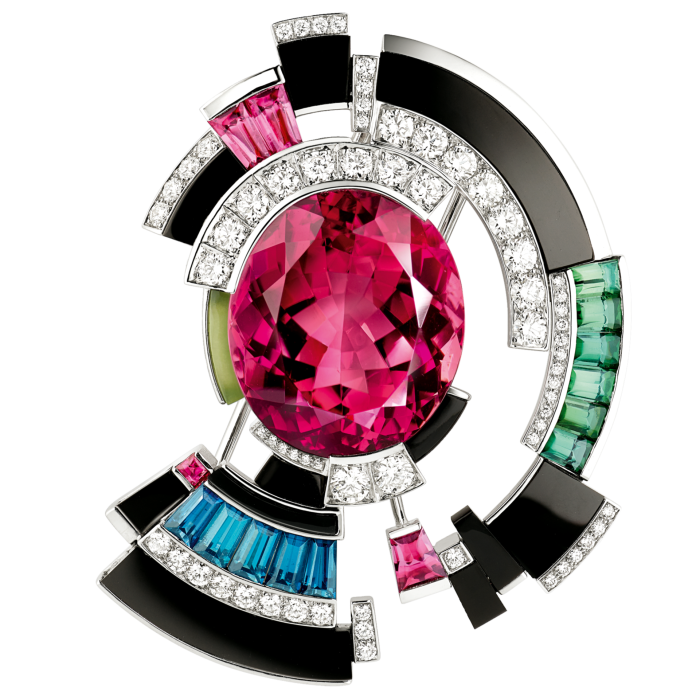
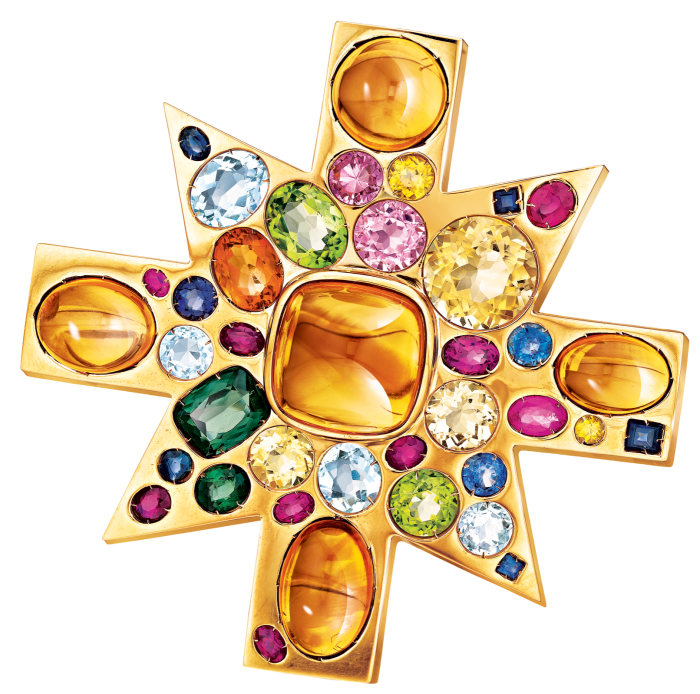
“Brooches never went away – women wear them as badges of style,” says Verdura president Nico Landrigan. The New York-based house is still creating the maximalist styles designed by its Sicilian aristocrat founder Fulco di Verdura, including the Theodora sun-gold and multigem Maltese cross. Gabrielle Chanel collaborated with Fulco and loved his Byzantine-style brooches, which she wore as a rich counterpoint to the rigour and simplicity of her clothes. “Fulco knew that something precious and fine finishes an outfit the way flowers complete a room,” Landrigan adds.
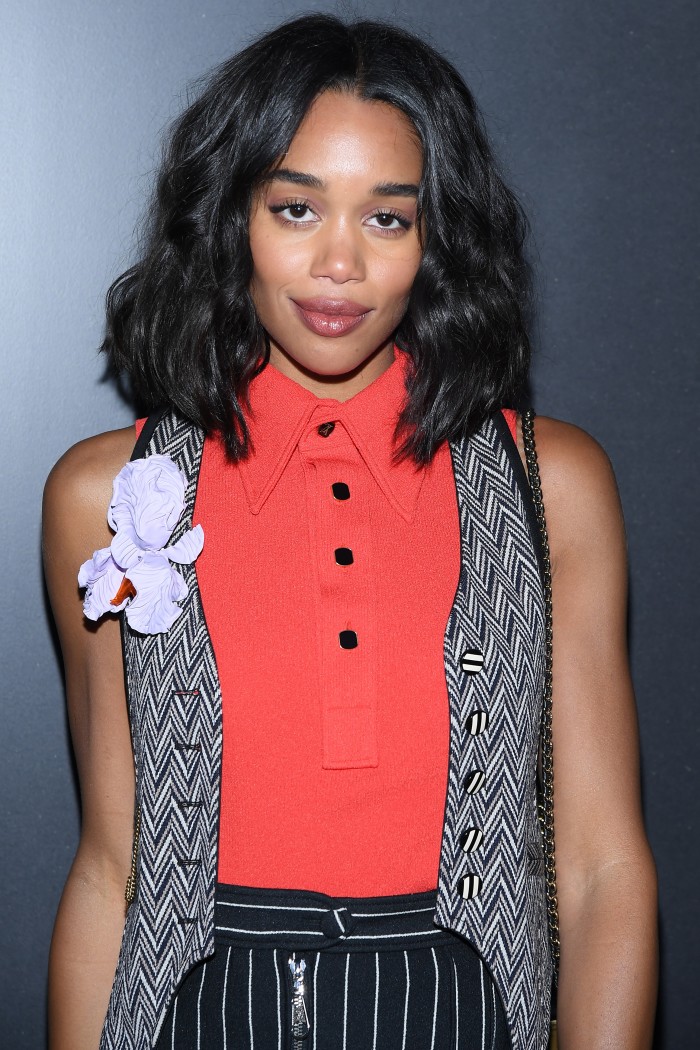
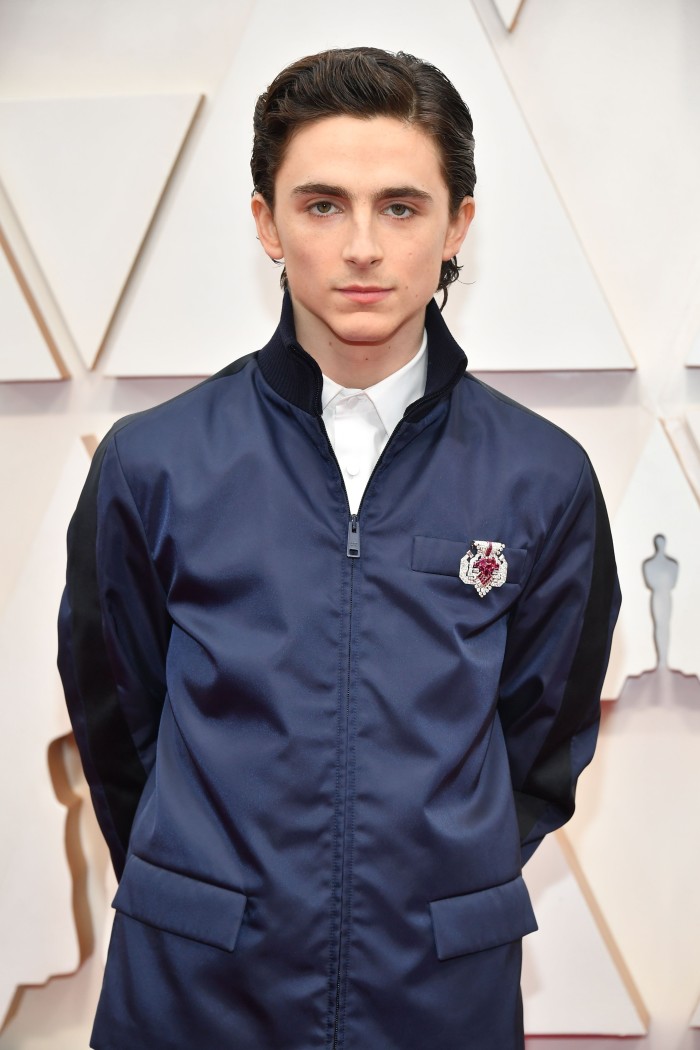
Lastly, we forget you not: the flower brooch, an all-time classic and homage to one of our earliest adornments, is blossoming again today. From Graff’s pink-and-white diamond bloom, set en tremblant to quiver with each movement, to Moussaieff’s extravagant and ebullient open-petalled flowers, sculpted in titanium for lightness and smothered in gem colour for liveliness. “Brooches are less obtrusive and more versatile than a big necklace,” says co-founder Alisa Moussaieff. “You can wear a brooch on a jacket, of course, but also on a belt or in the hair.”
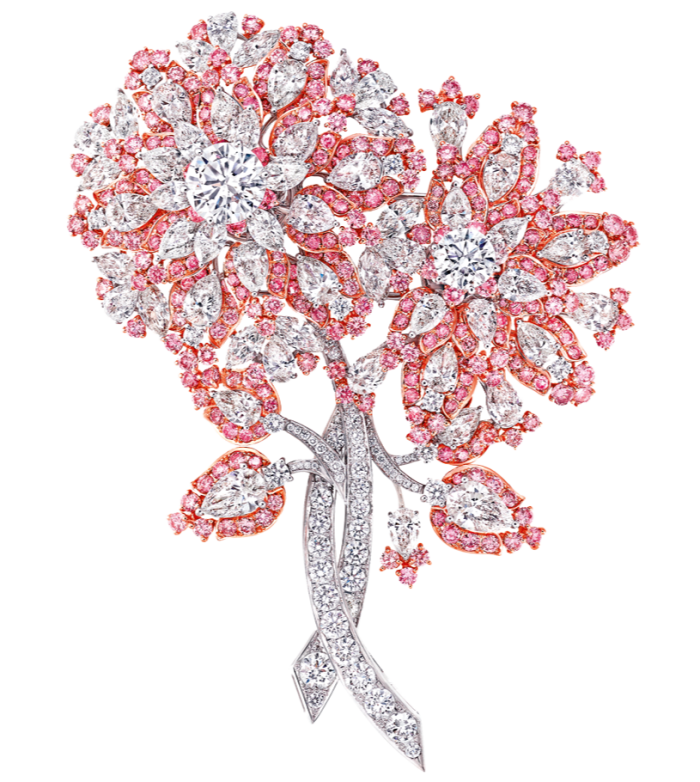
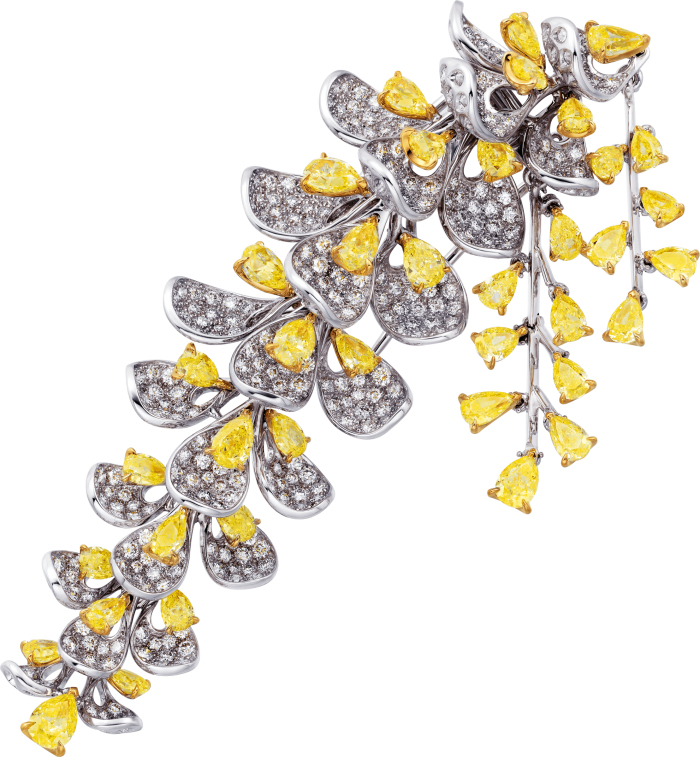
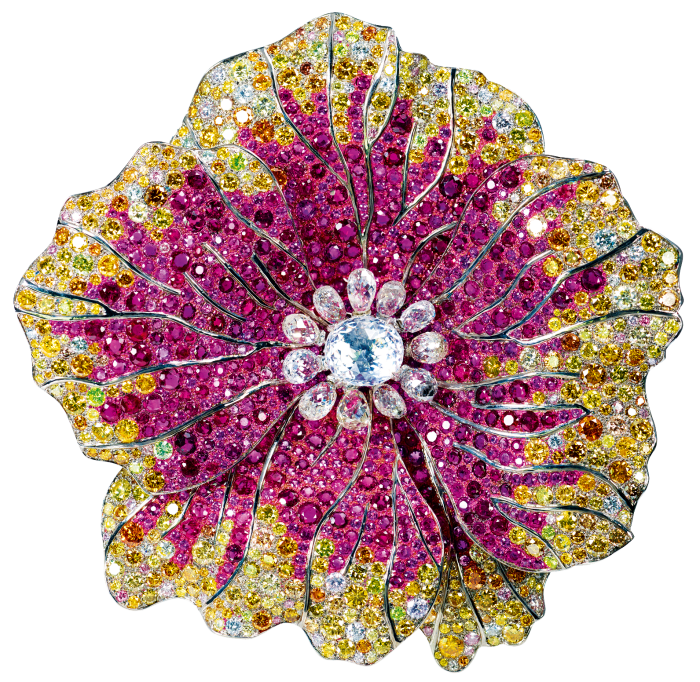
Cartier reinvents the classic floral spray in its latest high-jewellery collection, [Sur]Naturel, tracing the enduring relationship between jewels and the natural world. A wisteria brooch, dripping yellow-diamond petals, recalls the naturalism of huge 19th-century diamond ornaments, yet makes a contemporary statement. Pierre Rainero, Cartier’s director of image, style and heritage, believes that people are increasingly becoming attracted to the brooch for “its value as an object, three-dimensional and eye-catching”. But even more, he adds, they are drawn to its value as an expressive symbol. The brooch is a jewel to send out a personal message to the world, making a style statement loud, clear and elegantly eloquent.
Comments